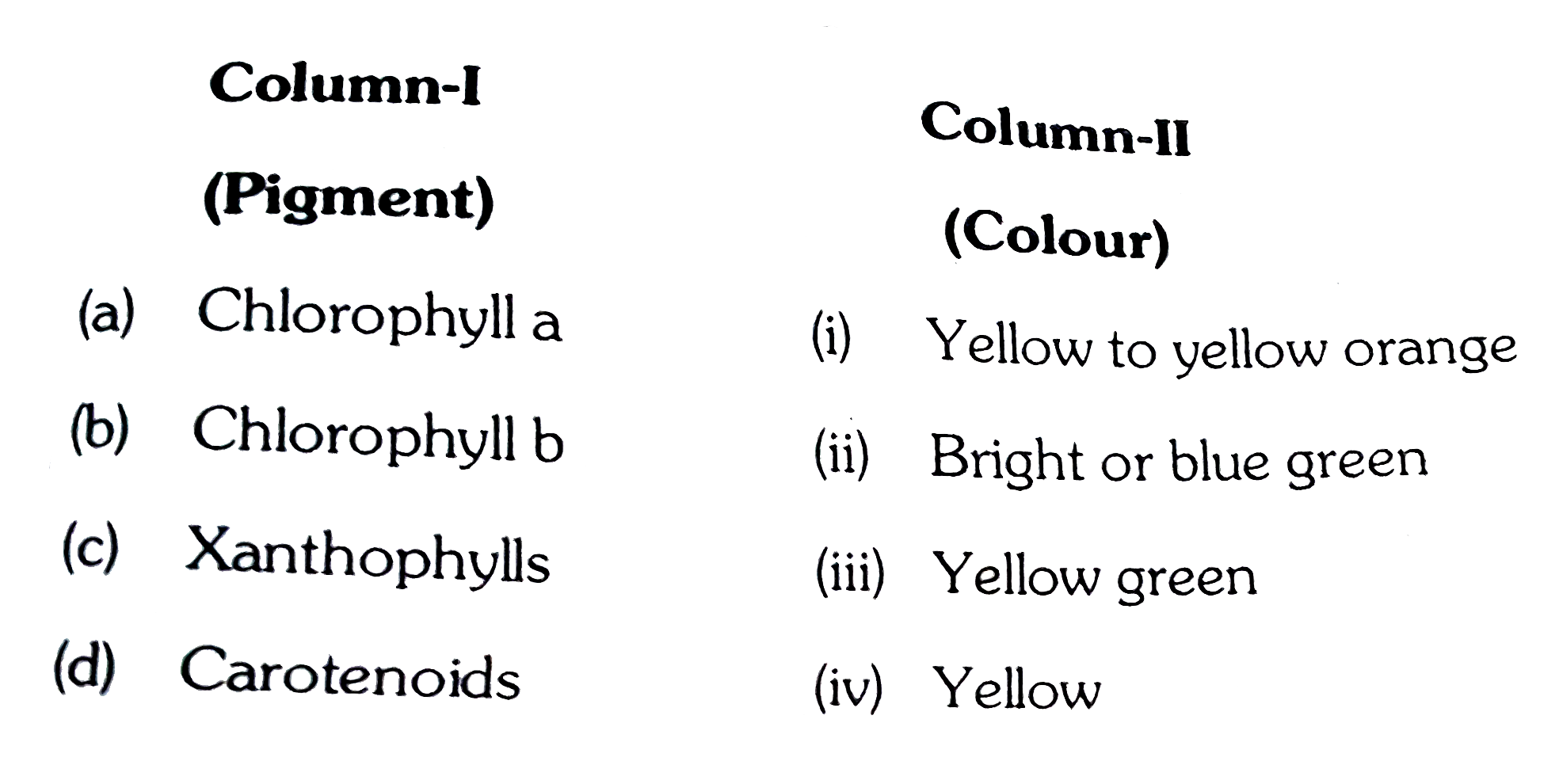Match the coloumn Hyracotherium (Column- I) Oligocene epoch (Column- II) Pliohippus (Column- I) Pleistocene epoch (Column- II) Equus (Column- I) Eocene epoch (Column- II) Miohippus (Column- I) Pliocene epoch (Column- II) Choose the correct option
a(i), b(ii), c(iv), d(iii)
a(i), b(iv), c(ii), d(iii)
a(iii), b(iv), c(ii), d(i)
a(iii), b(ii), c(iv), d(i)
The correct Answer is:C
To solve the matching question, we need to correctly associate the horse species with their respective geological epochs. Let's break it down step by step:
Step 1: Identify the Species and Their Epochs
1. Hyracotherium: This is recognized as the earliest ancestor of modern horses, belonging to the family Equidae. It existed during the Eocene epoch (approximately 55 to 34 million years ago).
2. Miohippus: This species appeared later and is known to have existed during the Oligocene epoch (approximately 34 to 23 million years ago).
3. Pliohippus: This species is noted for being an early one-toed horse and existed during the Miocene epoch (approximately 23 to 5 million years ago) and into the Pliocene epoch (approximately 5 to 2.6 million years ago).
4. Equus: This is the genus that includes modern horses and it appeared during the Pleistocene epoch (approximately 2.6 million years ago to 11,700 years ago).
Step 2: Match the Species with the Correct Epochs
Now, let’s match each species with the correct epoch based on the information gathered:
- Hyracotherium → Eocene epoch (Match: Hyracotherium - Eocene)
- Miohippus → Oligocene epoch (Match: Miohippus - Oligocene)
- Pliohippus → Pliocene epoch (Match: Pliohippus - Pliocene)
- Equus → Pleistocene epoch (Match: Equus - Pleistocene)
Step 3: Compile the Matches
Now we can summarize the matches:
- Hyracotherium → Eocene epoch
- Miohippus → Oligocene epoch
- Pliohippus → Pliocene epoch
- Equus → Pleistocene epoch
Final Answer
The correct matches are:
- Hyracotherium - Eocene epoch
- Miohippus - Oligocene epoch
- Pliohippus - Pliocene epoch
- Equus - Pleistocene epoch
1. Hyracotherium: This is recognized as the earliest ancestor of modern horses, belonging to the family Equidae. It existed during the Eocene epoch (approximately 55 to 34 million years ago).
2. Miohippus: This species appeared later and is known to have existed during the Oligocene epoch (approximately 34 to 23 million years ago).
Now, let’s match each species with the correct epoch based on the information gathered:
- Miohippus → Oligocene epoch (Match: Miohippus - Oligocene)
- Pliohippus → Pliocene epoch (Match: Pliohippus - Pliocene)
- Equus → Pleistocene epoch (Match: Equus - Pleistocene)
Now we can summarize the matches:
- Miohippus → Oligocene epoch
- Pliohippus → Pliocene epoch
- Equus → Pleistocene epoch
The correct matches are:
- Hyracotherium - Eocene epoch
- Miohippus - Oligocene epoch
- Pliohippus - Pliocene epoch
- Equus - Pleistocene epoch
Topper's Solved these Questions
Similar Questions
Knowledge Check
Match the column i with column II.
 AA-q,B-r, C-s,D-pBA-p, B-q, C-r, D-sCA-r, B-q, C-p, D-sDA-r, B-p, C-q, D-s
AA-q,B-r, C-s,D-pBA-p, B-q, C-r, D-sCA-r, B-q, C-p, D-sDA-r, B-p, C-q, D-sMatch the column I with column II.
 AÂ A - q, B - r, C - s, D - pBA - p, B - q, C- r, D - sCÂ A r, B - s, C - p, D- qDA -s, B - p, C-q, D - r
AÂ A - q, B - r, C - s, D - pBA - p, B - q, C- r, D - sCÂ A r, B - s, C - p, D- qDA -s, B - p, C-q, D - rMatching the Column - I and Column - II.

Choose the correct option:A1- (i) , 2 - (ii) , 3 - (iii) , 4 - (iv)B1- (iii) , 2 - (ii) , 3 - (i) , 4 - (iv)C1- (ii) , 2 - (i) , 3 - (iii) , 4 - (iv)D1- (ii) , 2 - (iii) , 3 - (iv) , 4 - (i)
Match the column I with column II

View SolutionMatch the column I with column II

View SolutionMatch Column I and Column II and choose the correct option.

View SolutionMatch the column-I with Column-II Choose the correct option :

View SolutionMatch the items in Column I with Column II and choose the correct option

View Solution


